
Deutsch-Chinesische Enzyklopädie, 德汉百科
 Romania
Romania


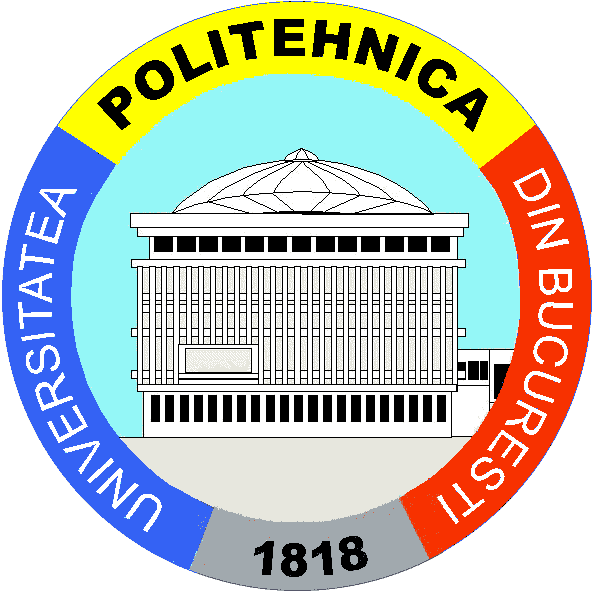


普鲁特河(乌克兰语:Прут、罗马尼亚语:Prut)是多瑙河最后的大支流,全长953公里,流域面积27,500平方公里。
起源于乌克兰喀尔巴阡山脉,先往北,再向东南,一小段成为与罗马尼亚之间的边界。后成为罗与摩尔多瓦的界河,最后在加拉茨以东注入多瑙河。在1940年以前全河皆在罗马尼亚境内。
Der Pruth (rumänisch Prut; ukrainisch und russisch Прут / Prut; lateinisch Pyretus) ist mit 953 km der zweitlängste Nebenfluss der Donau. Seine Quelle liegt in der Oblast Iwano-Frankiwsk in den ukrainischen Ostkarpaten nahe der rumänischen Grenze, wo der Jablunyzkyj-Pass zum Quellgebiet der Theiß in die Oblast Transkarpatien hinüberführt. Ab etwa Flusskilometer 200 fließt der Pruth mäandrierend in Generalrichtung Südost und bildet am gesamten restlichen Verlauf eine nordöstliche Staatsgrenze von Rumänien. Zuerst liegt hier längs nur etwa 50 Flusskilometer Strecke am linken Ufer ukrainisches Gebiet.[2] Anschließend bildet die Flussmitte die gesamte Westgrenze der Republik Moldau. Nach der Mündung des Pruth reicht Moldawien nur wenige hundert Meter lang ans linke Donauufer und nützt dieses als Hafen für Seeschiffe bis 7 m Tiefgang.



 *Mediterranean Sea
*Mediterranean Sea
 Egypt
Egypt
 Algeria
Algeria
 Belgium
Belgium
 Bulgaria
Bulgaria
 Germany
Germany
 France
France

 History
History
 H 1000 - 500 BC
H 1000 - 500 BC

 History
History
 J 0 - 500 AD
J 0 - 500 AD

 History
History
 I 500 - 0 BC
I 500 - 0 BC
 Israel
Israel
 Italy
Italy
 Jordan
Jordan
 Croatia
Croatia
 Libanon
Libanon
 Libya
Libya
 Morocco
Morocco
 Netherlands
Netherlands
 Portugal
Portugal

 Review
Review
 Romania
Romania
 Switzerland
Switzerland
 Serbia
Serbia
 Spain
Spain
 Syria
Syria

 Traditions
Traditions
 Tunisia
Tunisia
 Turkey
Turkey
 Hungary
Hungary
 United Kingdom
United Kingdom

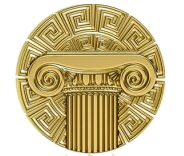 Civilization
Civilization
 Cyprus
Cyprus

Als römische Architektur bezeichnet man die Baukunst der Römer zur Zeit der römischen Republik und der Kaiserzeit. Die römische Architekturgeschichte umfasst damit einen Zeitraum von etwa neun Jahrhunderten (500 v. Chr.–400 n. Chr.). Die Epochen der römischen Architektur werden nach einzelnen Herrschern, Dynastien oder retrospektiv formulierten historischen Zeitabschnitten benannt. Die seitens der Klassischen Archäologie geprägten Epochen- oder Stilbegriffe finden keine Entsprechungen in der schriftlichen antiken Überlieferung, entsprechen also nicht antiker Wahrnehmung und Einteilung.
古罗马建筑(英语:Ancient Roman architecture),是指由古罗马人创造并且扩展到地中海沿岸其所控制疆域的一种新风格的建筑艺术,经常简称为罗马建筑(英语:Roman architecture)。它直接继承了古希腊晚期的建筑成就,而且将其向前大大推进,使之在1到3世纪达到奴隶制时代全世界建筑的顶峰[1][2]。在西方学术界传统上特指古罗马共和国与帝国时期的建筑[3],中文学术界定义较为宽泛,有时可以包括前期的伊特鲁里亚建筑[4],也可以包括分裂之后的西罗马帝国建筑[2],但是一般不包含东罗马帝国建筑。

Rumänien (rumänisch România; ) ist eine semipräsidentielle Republik im Grenzraum zwischen Mittel- und Südosteuropa. Das Land liegt am Schwarzen Meer und erstreckt sich in westlicher Richtung über den Karpatenbogen bis zur Pannonischen Tiefebene. Rumänien grenzt an fünf Staaten: im Süden an Bulgarien, im Westen an Serbien und Ungarn, im Norden sowie im Osten an die Ukraine und die Republik Moldau.
Der moderne rumänische Staat entstand 1859 durch die Vereinigung der Fürstentümer Moldau und Walachei. Nach 1945 war Rumänien während des Kalten Krieges Teil des Warschauer Paktes. Es unterhielt als einziges Land des Warschauer Paktes ununterbrochen diplomatische Beziehungen zu Israel.[5] Seit 1989 hat sich Rumänien politisch den westeuropäischen Staaten angenähert und wurde Mitglied der NATO (2004) sowie der Europäischen Union (2007).
Mit 238.391 km² verfügt Rumänien über die neuntgrößte Fläche und mit etwa 19,9 Millionen Einwohnern über die siebtgrößte Bevölkerung aller Mitgliedstaaten der Europäischen Union. Die rumänische Hauptstadt Bukarest ist mit 1,83 Millionen Einwohnern[6] die achtgrößte Stadt der EU, knapp hinter Hamburg (1,84 Millionen). Weitere bedeutende Großstädte sind Cluj-Napoca (Klausenburg), Timișoara (Temeswar), Iași (Jassy), Constanța (Konstanza), Craiova und Brașov (Kronstadt).
ルーマニア(羅: România)は、東ヨーロッパ、ヨーロッパの南東部に位置する共和制国家。南西にセルビア、北西にハンガリー、北にウクライナ、北東にモルドバ、南にブルガリアと国境を接し、東は黒海に面している。首都はブカレストである。国の中央をほぼ逆L字のようにカルパティア山脈が通り、山脈に囲まれた北西部の平原のトランシルヴァニア、ブルガリアに接するワラキア、モルドバに接するモルダヴィア、黒海に面するドブロジャの4つの地方に分かれている。
ルーマニアの住民は、紀元前からこの地方に住んでいたトラキア系のダキア人と、2世紀ごろにこの地方を征服したローマ人、7世紀から8世紀ごろに侵入したスラブ人、9世紀から10世紀に侵入したマジャール人、そのほかにトルコ人、ゲルマン人などの混血や同化によって、重層的複合的に形成されたなどとされる複合民族 români(ロムニ、ルーマニア人)が約9割を占める(なお、români(ルーマニア人)の起源については諸説ある)。そして少数のマジャール系のセーケイ人やロマ人(≒ジプシー)[注釈 1]なども住んでいる。
なおルーマニアというのは言語的には公用語がラテン語起源の(つまりロマンス諸語の)ルーマニア語で、宗教的には「東方教会」系のルーマニア正教会が多数派である。それに対し、ポーランド(ヨーロッパの北東部で、ルーマニアの北西方向に位置する国)のほうは同じ「東欧」と言っても、言語的にはスラヴ語派に属するポーランド語がおもに話されており、宗教的には「西方教会」のカトリック教会が支配的である。つまり、ルーマニアとポーランドは、東欧において、言語的にも宗教的にも好対照の存在となっている。
Romania (/roʊˈmeɪniə/ (![]() listen) ro-MAY-nee-ə; Romanian: România [romɨˈni.a] (
listen) ro-MAY-nee-ə; Romanian: România [romɨˈni.a] (![]() listen)) is a country located at the crossroads of Central, Eastern, and Southeastern Europe. It borders with Bulgaria to the south, Ukraine to the north, Hungary to the west, Serbia to the southwest, and Moldova to the east and has its opening to the Black sea.[9] It has a predominantly temperate-continental climate. With a total area of 238,397 square kilometres (92,046 square miles), Romania is the 12th-largest country in Europe and the 6th most populous member state of the European Union, having approximately 20 million inhabitants. Its capital and largest city is Bucharest. Other major urban areas include: Cluj-Napoca, Timișoara, Iași, Constanța, Craiova, Brașov, and Galați.
listen)) is a country located at the crossroads of Central, Eastern, and Southeastern Europe. It borders with Bulgaria to the south, Ukraine to the north, Hungary to the west, Serbia to the southwest, and Moldova to the east and has its opening to the Black sea.[9] It has a predominantly temperate-continental climate. With a total area of 238,397 square kilometres (92,046 square miles), Romania is the 12th-largest country in Europe and the 6th most populous member state of the European Union, having approximately 20 million inhabitants. Its capital and largest city is Bucharest. Other major urban areas include: Cluj-Napoca, Timișoara, Iași, Constanța, Craiova, Brașov, and Galați.
The River Danube, Europe's second-longest river, rises in Germany's Black Forest and flows in a generally southeasterly direction for 2,857 km (1,775 mi), coursing through ten countries before emptying into Romania's Danube Delta. The Carpathian Mountains, which cross Romania from the north to the southwest, include Moldoveanu Peak, at an altitude of 2,544 m (8,346 ft).[10]
Modern Romania was formed in 1859 through a personal union of the Danubian Principalities of Moldavia and Wallachia. The new state, officially named Romania since 1866, gained independence from the Ottoman Empire in 1877.[11] Following World War I, after declaring its neutrality in 1914, Romania fought on the side of the Allied powers beginning in 1916. Afterwards Bukovina, Bessarabia, Transylvania as well as parts of Banat, Crișana, and Maramureș became part of the sovereign Kingdom of Romania.[12] In June–August 1940, as a consequence of the Molotov–Ribbentrop Pact and Second Vienna Award, Romania was compelled to cede Bessarabia and Northern Bukovina to the Soviet Union, and Northern Transylvania to Hungary. In November 1940, Romania signed the Tripartite Pact and, consequently, in June 1941 entered World War II on the Axis side, fighting against the Soviet Union until August 1944, when it joined the Allies and recovered Northern Transylvania. Following the war, under the occupation of the Red Army's forces, Romania became a socialist republic and a member of the Warsaw Pact. After the 1989 Revolution, Romania began a transition towards democracy and a market economy.
Romania ranks 52nd in the Human Development Index,[13] and is a developing country.[14][15] It has the world's 62th largest economy by nominal GDP, with an annual economic growth rate of 3.5% as of 2020.[16] Following rapid economic growth in the early 2000s, Romania has an economy based predominantly on services and is a producer and net exporter of machines and electric energy, featuring companies like Automobile Dacia and OMV Petrom. It has been a member of the United Nations since 1955, part of NATO since 2004, and part of the European Union since 2007. An overwhelming majority of the population identifies as Eastern Orthodox Christian and are native speakers of Romanian, a Romance language.
La Roumanie (en roumain : România) est un État d'Europe de l'Est, le septième pays le plus peuplé de l'Union européenne et le neuvième par sa superficie. La géographie du pays est structurée par les Carpates, le Danube et le littoral de la mer Noire. Située aux confins de l'Europe du Sud-Est et de l'Europe centrale et orientale, la Roumanie a comme pays frontaliers la Hongrie, l'Ukraine, la Moldavie, la Bulgarie et la Serbie.
Une forte majorité de la population s'identifie comme de langue roumaine (89 %) et de tradition chrétienne orthodoxe (81 %) ; 11 % des habitants déclarent appartenir à des minorités ethniques et 19 % à des confessions minoritaires ou être sans religion.
L'État roumain moderne émerge au milieu du XIXe siècle, mais l'histoire des Roumains est bien plus ancienne. Leur langue est latine et leurs origines se déclinent depuis les Thraco-Romains, à travers la Mésie (province romaine danubienne), la Dacie (pays des Thraces du Nord, conquis par l'empereur romain Trajan en 106), la Dacie aurélienne dans l'Empire romain d'Orient (dont les Roumains ont hérité leur tradition religieuse, majoritairement chrétienne orthodoxe), les principautés médiévales de Transylvanie, Valachie et Moldavie et enfin le « vieux royaume » roumain issu de l'union des « Principautés danubiennes ».
À l'époque moderne, c'est l'influence des Lumières qui, avec ses idéaux d'émancipation et de progrès, manifestés par le drapeau et l'hymne, inspire toute une série de révoltes et révolutions (transylvaine en 1784, moldave et valaque en 1821, roumaine globale en 1848, anti-totalitaire en 1945-1960 et en 1989).
La monarchie constitutionnelle du XIXe siècle a évolué en démocratie parlementaire entre 1918 et 1938, puis un régime autocratique s'est installé, suivi par deux totalitarismes : fascisme des années 1940, et communisme de type soviétique dans la seconde moitié du XXe siècle, jusqu'en 1989 (chute de la dictature communiste d'une durée de 45 ans, et instauration d'une démocratie semi-présidentielle).
Après une croissance économique rapide au début des années 2000, l'économie roumaine s'est principalement tournée vers les services, la production et l'exportation d'automobiles et d'énergie, avec des entreprises comme Dacia et Petrom. Le pays est membre de l'OTAN depuis 2004 et de l'Union européenne depuis le 1er janvier 2007.
La Romania (in romeno România, [romɨˈnia]) è uno Stato membro dell'Unione europea e dell'ONU, situato in Europa centro-orientale nell'area attigua alla penisola balcanica. Ha una popolazione di 19 638 000 abitanti (agosto 2017) e una superficie di 238391 km². È una repubblica semipresidenziale e la sua capitale è Bucarest.
Confina a ovest con l'Ungheria e la Serbia, a sud con la Bulgaria, a est con il Mar Nero, la Moldavia e l'Ucraina e a nord nuovamente con l'Ucraina. Dal 29 marzo 2004 la Romania fa parte dei Paesi della NATO e, dal 1º gennaio 2007, di quelli membri dell'Unione europea.
Rumania o Rumanía5 (en rumano: România /ro.mɨ'ni.a/) es un país ubicado en la intersección de Europa Central y del Sureste, en la frontera con el mar Negro.
Limita con Hungría y Serbia al oeste, Ucrania y Moldavia al noreste y al este, y Bulgaria al sur. Con 238 391 km2,1 Rumania es el noveno país más grande de la Unión Europea por área, y cuenta con la séptima mayor población de la Unión Europea con más de 19 millones de habitantes. Su capital y ciudad más poblada es Bucarest, la décima ciudad más grande de la Unión Europea.
Los Principados Unidos surgieron cuando los principados de Moldavia y Valaquia se unieron bajo el príncipe Alexandru Ioan Cuza en 1859. En 1881, Carlos I de Rumania se coronó, formando el Reino de Rumania. Su independencia del Imperio otomano fue declarada el 9 de mayo de 1877 y fue reconocido internacionalmente al año siguiente. Al final de la Primera Guerra Mundial, Transilvania, Bucovina y Besarabia fueron anexionadas por el Reino de Rumania, circunstancia que dio inicio a lo que la monarquía rumana denominó la Gran Rumania. Durante la década de 1930 el gobierno, con Ion Gigurtu como primer ministro, derivó de una posición inicial proclive al Reino Unido y Francia, hacia una posición alineada militar y políticamente con la Alemania nazi, implementando el antisemitismo de manera oficial en el país.
En 1940, la región de Besarabia, que se había unido a Rumania en 1918, fue anexionada a la Unión Soviética como resultado de la ocupación soviética de Besarabia y el norte de Bucovina. Durante la operación se produjo un enfrentamiento de algunas divisiones rumanas con el Ejército Rojo, que las derrotó duramente, lo que llevó a la incorporación de Besarabia a la Unión Soviética como RSS de Moldavia, incluyendo el territorio de Transnistria.
Al comienzo de la Segunda Guerra Mundial, el exministro de Guerra, Ion Antonescu, implantó una dictadura militar fascista, en la que alineó el ejército rumano a la Wehrmacht, permitiendo el acantonamiento de gran número de divisiones de la misma, con vistas a la Operación Barbarroja, de invasión de la Unión Soviética. Desde junio de 1941 hasta 1944, Rumania participó en la guerra del lado de las potencias del eje, bajo la dirección militar de Alemania. En 1944, bajo la contraofensiva soviética que penetró en su territorio, cambió de bando y se unió formalmente a los Aliados, cayendo la dictadura militar de Antonescu. Al final de la guerra, algunos territorios del noreste anteriormente de Rumania fueron ocupados temporalmente por la Unión Soviética; con unidades del Ejército Rojo estacionadas en territorio rumano, el país acabó convirtiéndose en la República Socialista de Rumania y miembro del Pacto de Varsovia.
Con la caída del bloque socialista europeo y la llamada Revolución rumana de 1989, Rumania inició su transición hacia la democracia representativa occidental y una economía de mercado capitalista. Después de una década de problemas por las privatizaciones masivas y la llamada revolución poseconómica, así como el deterioro de los estándares de vida que provocó una masiva emigración hacia los países del entorno, se llevaron a cabo amplias reformas que impulsaron la recuperación económica. Desde 2010, Rumania es un país de ingresos relativamente altos, con un alto índice de desarrollo humano.6
Rumania se unió a la OTAN el 29 de marzo de 2004, y a la Unión Europea el 1 de enero de 2007. También es miembro de la Unión Latina, la Francofonía, la OSCE, la OMC, la BSEC y las Naciones Unidas. Hoy en día, Rumania es un Estado unitario con una república semipresidencial, en la que el poder ejecutivo se compone del presidente y del Gobierno. Rumania y Moldavia son los únicos países de Europa Oriental cuyas lenguas son romances.7
Румы́ния (рум. România) — государство в Юго-Восточной Европе. Население — более 19 426 550 чел. (2015 год), площадь территории — 238 391 км²; по обоим этим показателям является крупнейшей страной региона. Занимает 62-е место в мире по численности населения и 80-е по территории.
Столица — Бухарест. Государственный язык — румынский.
Румыния — унитарное государство и президентско-парламентская республика. Пост президента занимает Клаус Йоханнис, премьер-министра — Людовик Орбан.
Подразделяется на 42 административно-территориальные единицы, 41 из которых — жудецы, и 1 — муниципий Бухарест, приравненный к жудецу.
Частично расположена в северо-восточной части Балканского полуострова. На юго-востоке омывается водами Чёрного моря. Граничит с Украиной, Молдавией, Венгрией, Сербией и Болгарией.
Отличается значительным этнокультурным разнообразием. Бо́льшая часть верующих (около 87 % населения) исповедует православие.
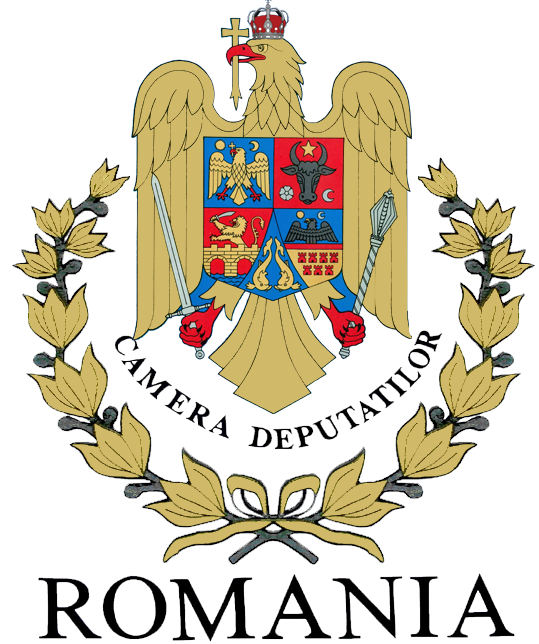
 Party and government
Party and government
 Architecture
Architecture
 CESAER
CESAER
 Colleges and Universities in Europe
Colleges and Universities in Europe
 Ski vacation
Ski vacation
 Geography
Geography
 Sport
Sport

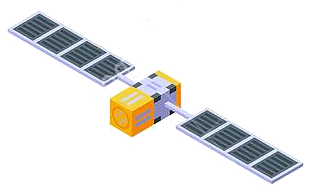
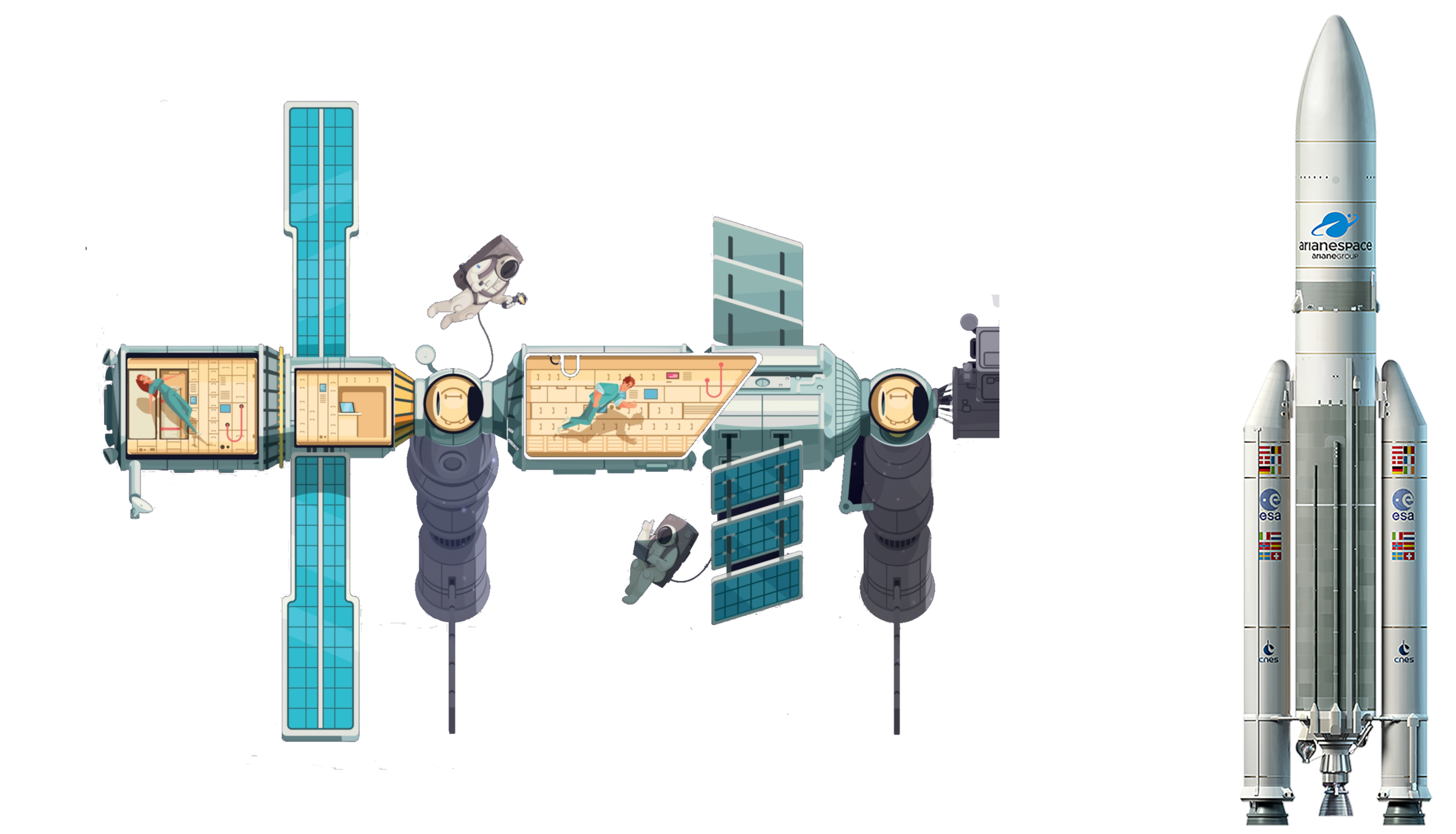 Aerospace
Aerospace
 European Union
European Union
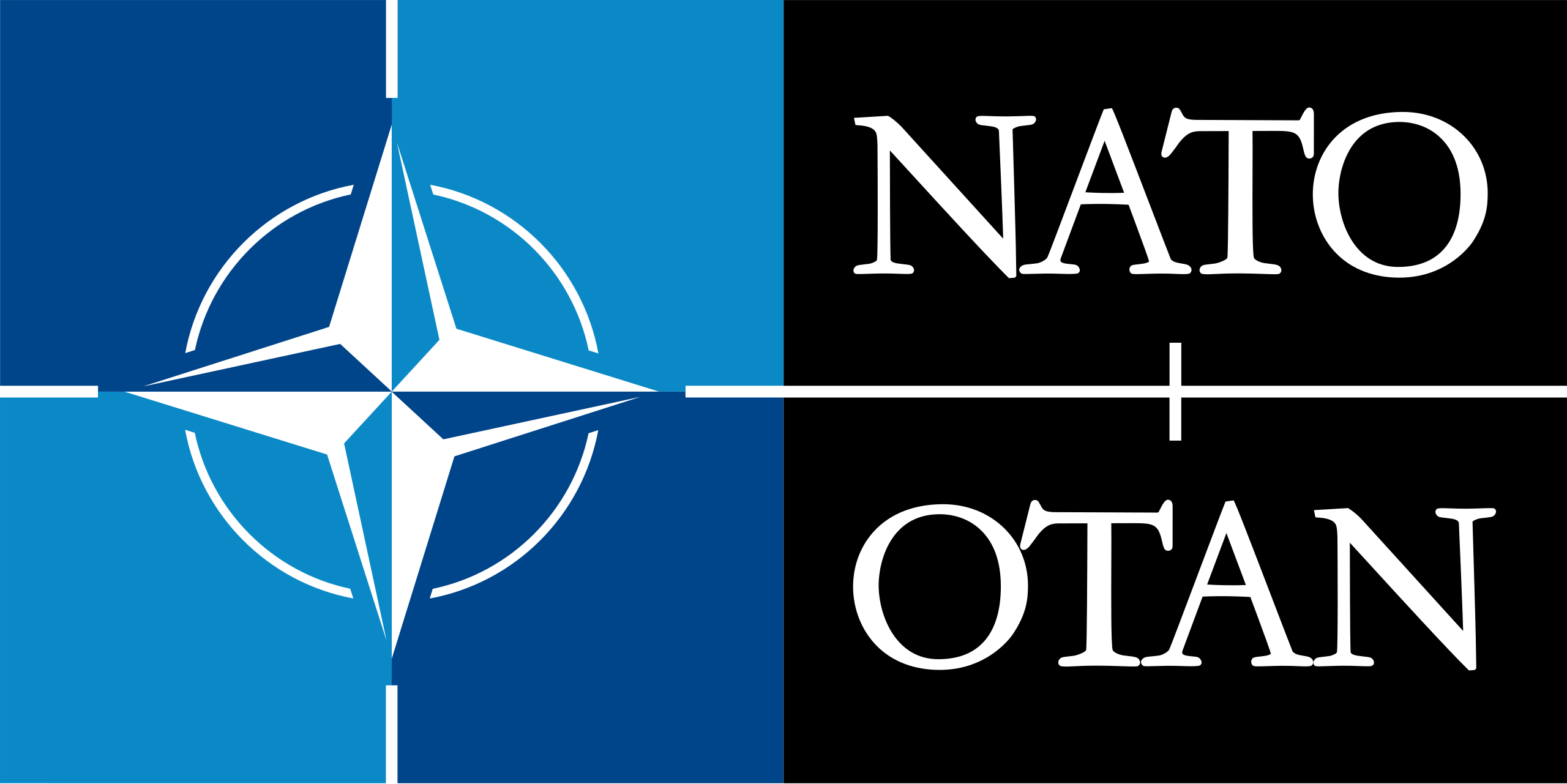 Mitglieder der NATO
Mitglieder der NATO
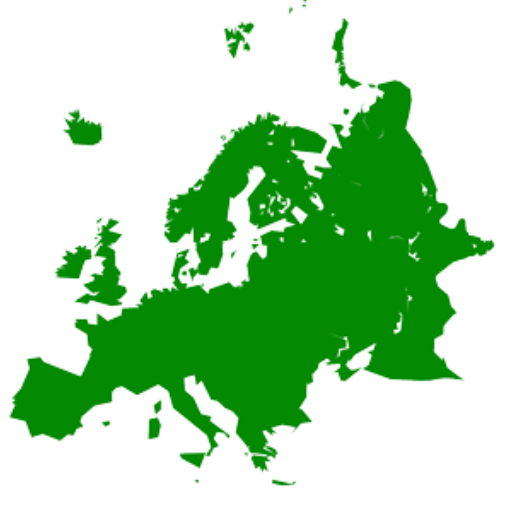 States of Europe
States of Europe